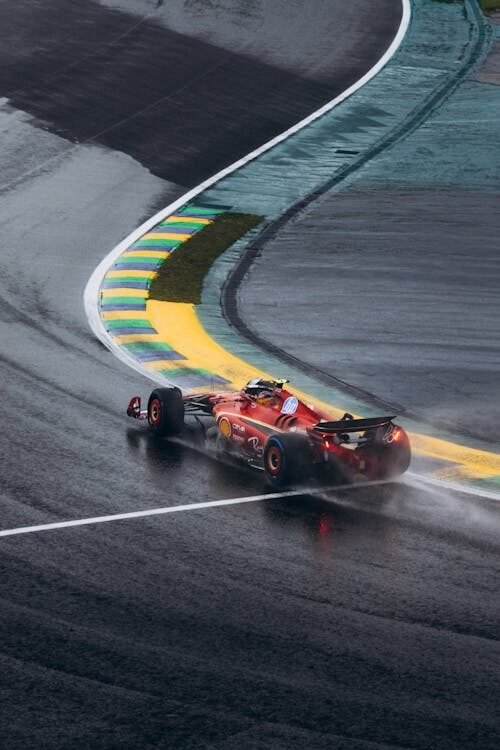China’s AEB Mandate: What Happens When a Global Standard Meets a Brutal Price War

On January 1, 2028, Automatic Emergency Braking (AEB) will become mandatory for nearly all new vehicles in China. At first glance, this seems like China is simply catching up with the rest of the world. And that’s correct.
But my experience as a market analyst here has taught me that when a standard policy meets a non-standard market, the outcome is anything but standard. The real question we should be asking is: What happens when a universal safety standard is applied to the world’s most ferocious automotive price war? The answer provides a crucial glimpse into the future of automotive competition in China.
First, Let’s Be Clear: This is Not a “Special” Chinese Rule
The new AEB standard from China’s MIIT is not a unique invention. It aligns with established global practices.
- Global Context: The EU (2024), Japan (2025), and the US (2029) are all making AEB mandatory. China’s 2028 deadline is simply part of this global wave. (Source: EU GSR2, NHTSA)
- Technology Neutrality: Crucially, China’s rule is “technology-neutral,” meaning it doesn’t mandate specific sensors like LiDAR or radar. This performance-based approach is the same as international standards like the UN ECE Regulation 152.
So, China is adopting a global rule, not creating a special one. The real story is in the impact.
So, Why Does This Universal Rule Have a Unique Impact in China?
The primary reason is China’s extreme market price spectrum. According to CPCA data, the AEB fitment rate on cars priced under 100,000 RMB (approx. $13,700) is a mere 6.5%. This massive, ultra-low-cost segment is the bedrock of the Chinese auto industry.
The “technology-neutral” standard acts as a de facto shield for this low-cost ecosystem. It allows budget automakers to integrate minimalist AEB solutions to meet the requirement without destroying their price competitiveness.
But We Need to Look at the Other Side of the Coin: The “Safety Equity” Trap
The goal of “Safety Equity” is commendable. However, critical analysts are asking a tough question: “How reliable are low-cost AEB systems that are engineered to just barely pass the minimum test requirements?”
Concerns are already emerging in consumer communities about potential malfunctions like “phantom braking,” which could paradoxically increase risk. There’s a real possibility that this could lead to the widespread adoption of unreliable safety features, not a truly safer environment.
What New Challenges Do This Pose for VW, Ford, and Tesla?
This market shift forces a new strategy for all global automakers.
- For Global Brands (Volkswagen, Ford, Hyundai, etc.): Offering AEB as a standard feature was once a key selling point. That advantage is now gone. The competition shifts from the presence of the feature to the performance and reliability of the system. They must now prove their AEB is demonstrably better and more trustworthy than local competitors’ at the same price point.
- For Tesla: The challenge to prove the superiority of its “vision-only” system intensifies. With the market flooded with cheap, mandated AEB systems, consumers will constantly question if Tesla’s premium price is justified by a truly superior safety performance.
Conclusion: A Signal for a Market Reshuffle
China’s 2028 AEB mandate is more than a safety regulation; it’s a catalyst that will reshape the competitive landscape. By leveling the playing field on a key safety feature, it shifts the battleground towards proving technological reliability and quality. The real test of skill in the world’s largest auto market is about to begin.
My AI Jazz Project: